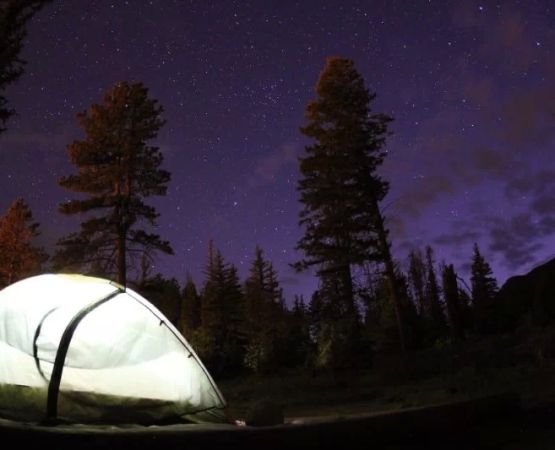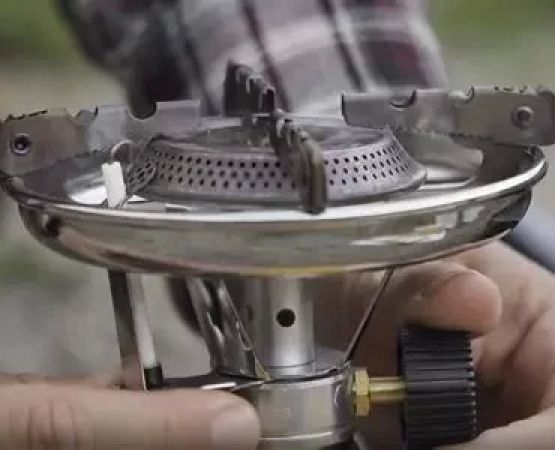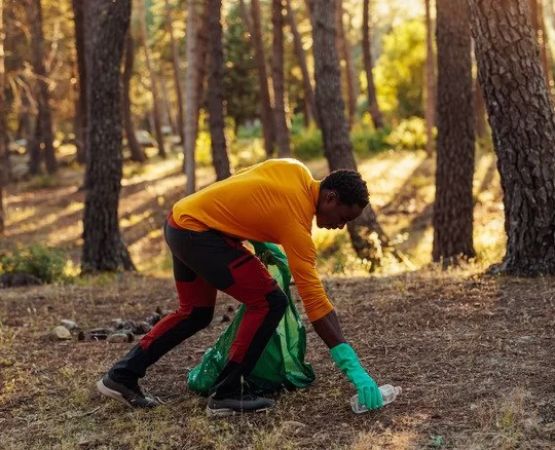Choosing the Right Footwear for Your Camping Adventure
As someone who loves the outdoors, I can tell you that the right footwear can make or break your camping experience. Whether you’re going for a short weekend trip or an extended hike through the wilderness, having the right shoes or boots is essential for both comfort and safety. In this guide, I’ll walk you through the process of choosing the right footwear for camping and why it’s such an important decision.
1. Understanding the Terrain and Environment
The first step in selecting the right footwear is understanding the terrain you’ll be dealing with. Camping isn’t just about setting up a tent and lighting a fire; it’s about navigating diverse landscapes that could include rocky paths, muddy trails, dense forests, or even snowy terrain. If you’re planning on hiking or trekking, you’ll need a different kind of shoe than if you’re simply setting up camp at a designated site.
For example, if you’re venturing through rocky terrain, you’ll need something with firm ankle support and a durable sole. If your adventure involves muddy trails, opt for waterproof shoes that can withstand wet conditions while providing grip. Knowing the terrain will guide you in picking footwear that can handle the challenges ahead.
2. Different Types of Footwear for Camping
When it comes to footwear for camping, there are a few key types you should consider. Each serves a different purpose depending on the level of activity you plan to do and the conditions you expect to encounter.
- Hiking Boots: If your camping trip involves extended hikes, hiking boots should be your go-to. They provide ankle support, comfort for long walks, and a sturdy sole to grip different surfaces. These boots come in various heights, from mid to high-cut, so you can choose based on how much ankle support you need.
- Trail Running Shoes: These shoes are lighter than hiking boots and designed for agility and speed. If you’re doing more running or light hiking, trail running shoes are an excellent option. They provide flexibility and comfort, but they may lack the support and protection of a heavier hiking boot.
- Waterproof Shoes: When you know you’ll be walking through wet conditions or crossing streams, waterproof shoes are a must. Look for shoes made from breathable waterproof materials like Gore-Tex to ensure your feet stay dry and comfortable, even in the most challenging conditions.
- Sandals: For warmer weather or camp-based activities, sandals might be the best choice. However, they aren’t suited for hiking or rough terrain. If you’re staying close to camp or need something for a quick trip to the bathroom, sandals provide breathability and comfort.
3. Materials Matter: What to Look for in Outdoor Footwear
Footwear for camping is made from a variety of materials, each offering specific benefits. When choosing your shoes, pay attention to the material used in the upper, lining, and sole of the shoe.
- Leather: Leather is durable and water-resistant but can be heavy. It’s great for tough environments where you need the shoes to withstand rough conditions.
- Synthetic Materials: Materials like nylon or polyester are lightweight, breathable, and quick-drying. They’re often used in trail shoes or lightweight hiking boots.
- Gore-Tex: This material is a go-to for waterproofing. It’s breathable, so your feet won’t get too sweaty, but it prevents water from seeping in.
- Rubber: Rubber soles are essential for providing grip on slippery or uneven surfaces. When selecting shoes for wet or icy environments, rubber soles are crucial for avoiding slips and falls.
4. Fit and Comfort: Ensuring the Right Fit
No matter how great a shoe looks or how much technology is packed into it, if it doesn’t fit well, you’re in for a miserable camping trip. Ill-fitting footwear can lead to blisters, sore feet, and even more serious injuries like sprained ankles.
To ensure you get the right fit, try on your shoes later in the day when your feet are a bit swollen. This helps you get an accurate idea of how they’ll feel during the day’s activities. Remember that your feet will expand as you walk, so you’ll need some extra room in the toe box. Make sure the shoes are snug but not tight, and ensure there’s no heel slippage that could cause blisters.
5. Footwear Maintenance: Keeping Your Shoes in Top Shape
Taking care of your shoes is just as important as choosing the right pair. Proper maintenance ensures they last longer and perform better throughout your camping adventures.
- Cleaning: After every trip, clean your shoes to remove dirt, mud, and debris. A simple brush and rinse can go a long way in keeping your shoes in top condition.
- Waterproofing: Over time, the waterproofing on your shoes can wear off. You can reapply a waterproofing spray to restore their ability to keep moisture out.
- Drying: Always dry your shoes naturally after a wet trip. Avoid direct heat sources, as they can damage the materials.
6. Real-Life Camping Story: The Importance of the Right Footwear
Let me share a story from my personal camping experience. A few years ago, I went on a hiking trip in the Adirondacks with a friend who wore shoes that weren't suitable for the rugged terrain. About halfway through the hike, he started complaining of blisters and discomfort. Despite his best efforts to push through, he had to turn back early, while I continued on with my comfortable, supportive hiking boots. The moral of the story? The right footwear isn’t just about comfort—it can also affect the success of your entire adventure!
7. Choosing Footwear for Different Camping Activities
Different camping activities require different footwear. Consider the following scenarios:
- Backpacking: Look for sturdy, supportive boots with good ankle protection and plenty of cushioning.
- Day Hiking: A lighter trail running shoe or low-cut hiking boot should be sufficient.
- Water Activities: Opt for water shoes or sandals with good drainage for rivers, lakes, or coastal environments.
Ultimately, your choice of footwear depends on the activities you’ll be doing, the weather conditions, and your personal preferences. By understanding these factors, you can ensure your feet stay comfortable and protected throughout your camping adventure.






